Photo

New theory suggests alternate path led to rise of the eukaryotic cell
"The current theory is widely accepted, but I would not say it is ‘established’ since nobody seems to have seriously considered alternative explanations," explains David Baum, a University of Wisconsin-Madison professor of botany and evolutionary biologist who, with his cousin, University College London cell biologist Buzz Baum, has formulated a new theory for how eukaryotic cells evolved. Known as the "inside-out" theory of eukaryotic cell evolution, the alternative view of how complex life came to be was published recently (Oct. 28, 2014) in the open access journal BMC Biology.
The inside-out theory proposed by the Baums suggests that eukaryotes evolved gradually as cell protrusions, called blebs, reached out to trap free-living mitochondria-like bacteria. Drawing energy from the trapped bacteria and using bacterial lipids—insoluble organic fatty acids—as building material, the blebs grew larger, eventually engulfing the bacteria and creating the membrane structures that form the cell’s internal compartment boundaries.
"The idea is tremendously simple," says David Baum, who first began thinking about an alternate theory to explain the rise of the eukaryotic cell as an Oxford University undergraduate 30 years ago. "It is a radical rethinking, taking what we thought we knew (about the cell) and turning it inside-out."
Journal reference: BMC Biology
637 notes
·
View notes
Photo
True.


This is a ticket from the Science Police. Please think, fact check, and/or talk to an expert before posting again.
677 notes
·
View notes
Text
Ollie?
http://www.wired.com/2014/10/skateboard-physics-empzeal/?utm_source=hackernewsletter&utm_medium=email&utm_term=learn
0 notes
Text
Which appeared first, animals or plants?
http://boards.straightdope.com/sdmb/showthread.php?t=540378
0 notes
Quote
You think man can destroy the planet? What intoxicating vanity. Let me tell you about our planet. Earth is four-and-a-half-billion-years-old. There’s been life on it for nearly that long, 3.8 billion years. Bacteria first; later the first multicellular life, then the first complex creatures in the sea, on the land. Then finally the great sweeping ages of animals, the amphibians, the dinosaurs, at last the mammals, each one enduring millions on millions of years, great dynasties of creatures rising, flourishing, dying away — all this against a background of continuous and violent upheaval. Mountain ranges thrust up, eroded away, cometary impacts, volcano eruptions, oceans rising and falling, whole continents moving, an endless, constant, violent change, colliding, buckling to make mountains over millions of years. Earth has survived everything in its time. It will certainly survive us. If all the nuclear weapons in the world went off at once and all the plants, all the animals died and the earth was sizzling hot for a hundred thousand years, life would survive, somewhere: under the soil, frozen in Arctic ice. Sooner or later, when the planet was no longer inhospitable, life would spread again. The evolutionary process would begin again. It might take a few billion years for life to regain its present variety. Of course, it would be very different from what it is now, but the earth would survive our folly, only we would not. If the ozone layer gets thinner, ultraviolet radiation sears the earth, so what? Ultraviolet radiation is good for life. It’s powerful energy. It promotes mutation, change. Many forms of life will thrive with more UV radiation. Many others will die out. Do you think this is the first time that’s happened? Think about oxygen. Necessary for life now, but oxygen is actually a metabolic poison, a corrosive gas, like fluorine. When oxygen was first produced as a waste product by certain plant cells some three billion years ago, it created a crisis for all other life on earth. Those plants were polluting the environment, exhaling a lethal gas. Earth eventually had an atmosphere incompatible with life. Nevertheless, life on earth took care of itself. In the thinking of the human being a hundred years is a long time. A hundred years ago we didn’t have cars, airplanes, computers or vaccines. It was a whole different world, but to the earth, a hundred years is nothing. A million years is nothing. This planet lives and breathes on a much vaster scale. We can’t imagine its slow and powerful rhythms, and we haven’t got the humility to try. We’ve been residents here for the blink of an eye. If we’re gone tomorrow, the earth will not miss us.
Michael Crichton, Jurassic Park / Congo (via wordsnquotes)
2K notes
·
View notes
Photo



Sunset at The University of the Andes. Beauteus
0 notes
Photo
Sanjai, a 20-years old bull (male elephant), sees himself for the first time in front of a mirror. [x]


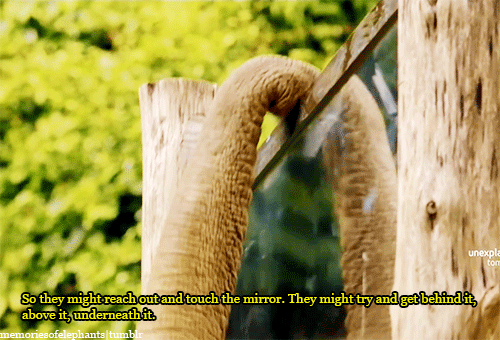
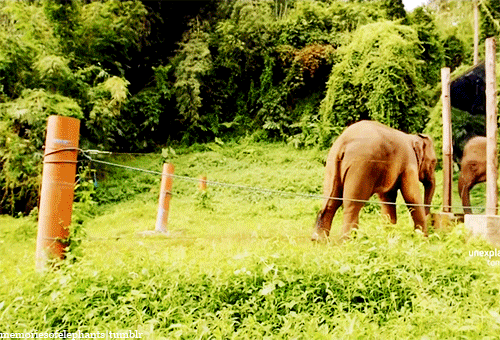
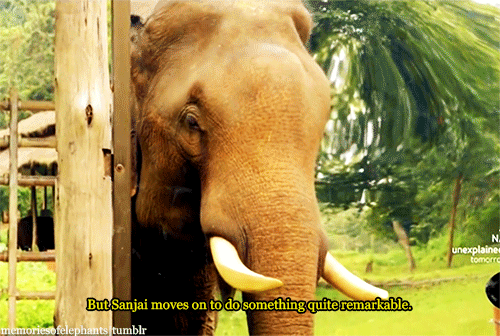
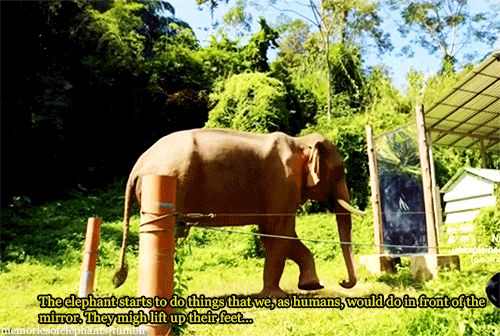
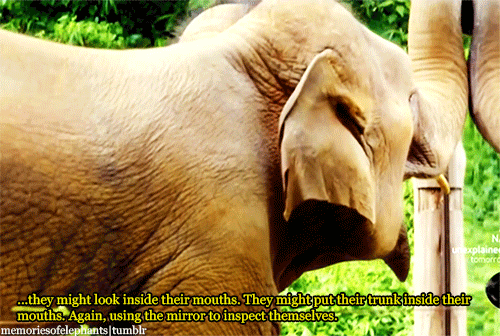
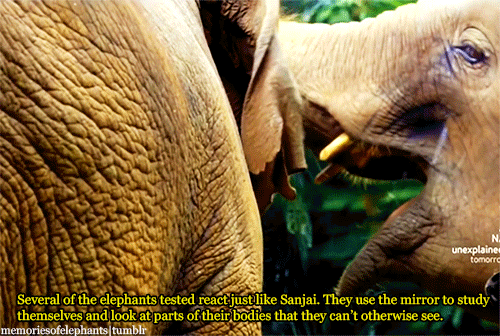


279K notes
·
View notes
Photo
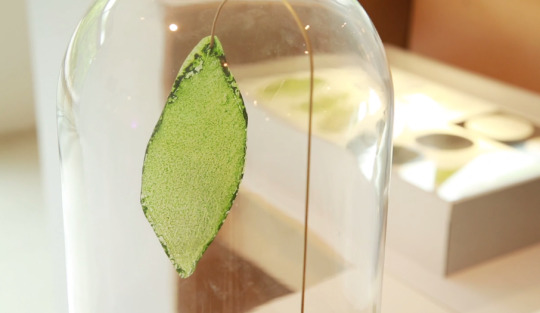

A graduate student has created the first man-made biological leaf. It absorbs water and carbon dioxide to produce oxygen just like a plant. He did this by suspending chloroplasts in a mixture made out of silk protein. He believed it can be used for many things but the most striking one is the thought that it could be used for long distance space travel. Plants do not grow in space, but this synthetic material can be used to produce oxygen in a hostile environment. (Video)
347K notes
·
View notes
Text
Great physics textbooks!
If you're a beginner at Physics, these two will be really good for you.
Conceptual Physics by Benjamin Crowell
http://engineering.dartmouth.edu/~d19686c/SCI180/newcp.pdf
Conceptual Physics by will86.irg
http://will86.org/physics/Conceptual_Physics2.pdf
0 notes
Photo






Beautiful reconstructed hominin skulls — the early members of humanity’s family tree! You can see lots more on the North Carolina School of Science and Mathematics Flickr page.
5K notes
·
View notes
Quote
Medicine is not only a science; it is also an art. It does not consist of compounding pills and plasters; it deals with the very processes of life, which must be understood before they may be guided.
Paracelsus (via corporisfabrica)
588 notes
·
View notes
Photo
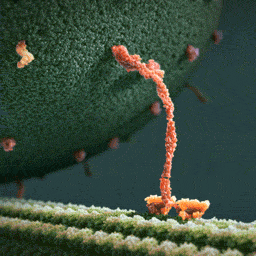
kinesin (a motor protein) pulling a some kind of vesicle along some kind of cytoskeletal filament
via John Liebler at Art of the Cell
39K notes
·
View notes
Photo
Getting dissolved can be traumatizing.

5K notes
·
View notes
Photo

Unrolling these circles gives fills a triangle with base 2 π r and height r (where r is the radius of the filled disk). Such a triangle has area π r2. This does not serve as a complete proof for why this is the area of a circle, but can give you some intuition for why it should be. [code]
77K notes
·
View notes



